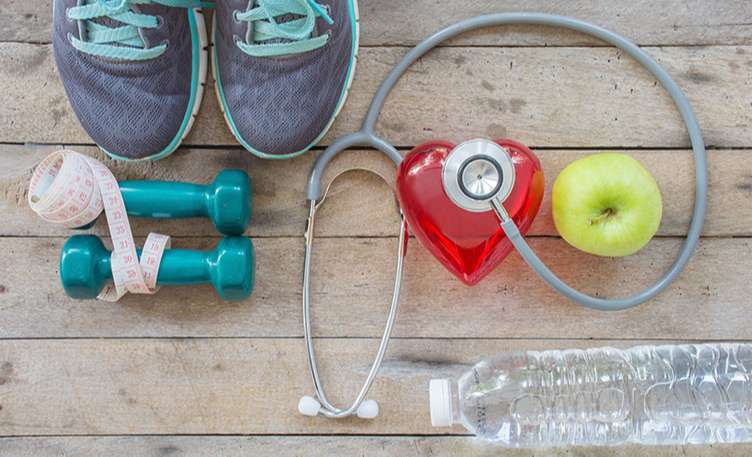
How To Exercise When You Have Heart Disease
Living with a heart condition can leave you feeling vulnerable and hesitant about exercise. Whether you have undergone heart surgery or are taking medication for a heart problem, don’t shy away from exercising, as it is an important part of keeping your condition under control.
Check With Your Doctor

First things first, always make sure to consult your doctor about which exercises are beneficial for you and your medical or health condition. Discuss specifications about your exercise routine if:
- You have recently suffered a heart attack
- You have been having chest pain or shortness of breath
- You have recently undergone heart surgery
Also, if you suffer from a heart condition and you find that you cannot perform household chores such as scrubbing, mopping or sweeping, without feeling tired, maybe it’s time you stay away from them until you feel physically more fit.
Certain medications prescribed for heart diseases can affect how your body handles exercise. Ask your doctor if your exercise regimen is compatible with the medicines you are taking.
Exercise Guidelines:
- Doctor’s Advice: With the help of your doctor create an exercise regimen that is safe for you and which will improve your heart’s health. In case you find exercise easy and want to move to a more strenuous workout, again, please consult your doctor.
- Start Slow: Aerobic exercises are usually prescribed by health specialists as they help the heart to utilize oxygen better and improve blood circulation. Choose an aerobic activity such as brisk walking, swimming, light jogging, or biking. Perform 15-20 minutes of this activity at least 3-4 times a week. Remember to start slow and maintain a steady pace. You want to make your heart work a little harder, but not too hard.
- Warm-Up & Cool Down: Always include a 5-minute warm-up session before starting the main exercise. This helps to stretch your muscles and heart before exercising. After the exercise, remember to do a cool-down session to maintain blood circulation.
- Take Breaks: Take breaks of 1-2 minutes in between sessions if you get too tired. If your symptoms don’t improve even after resting, stop the exercise.
- Right Clothing: Wear breathable and stretchable clothing that enables you to move easily when exercising.
- Lifting Weights: Resistance weight training aids in improving muscle strength and coordination. Run your weight-training routine by your doctor first. Go easy on the weights and start with lighter sets of exercises initially. Hire a professional trainer who will help you with your workouts and tell you which specific workouts to include.
What To Watch For
Don’t overexert yourself if you are unwell or have a fever. Stop any activity if you experience heart palpitations or rapid and irregular heartbeats. Check your pulse after you’ve rested for 15 minutes. If it’s still more than 100 beats per minute, call your doctor immediately. Remember to drink plenty of water and take frequent breaks between exercises.
Don’t feel dejected if you don’t start seeing results all at once. Regular physical activity will improve your health, even if you suffer from heart disease.

